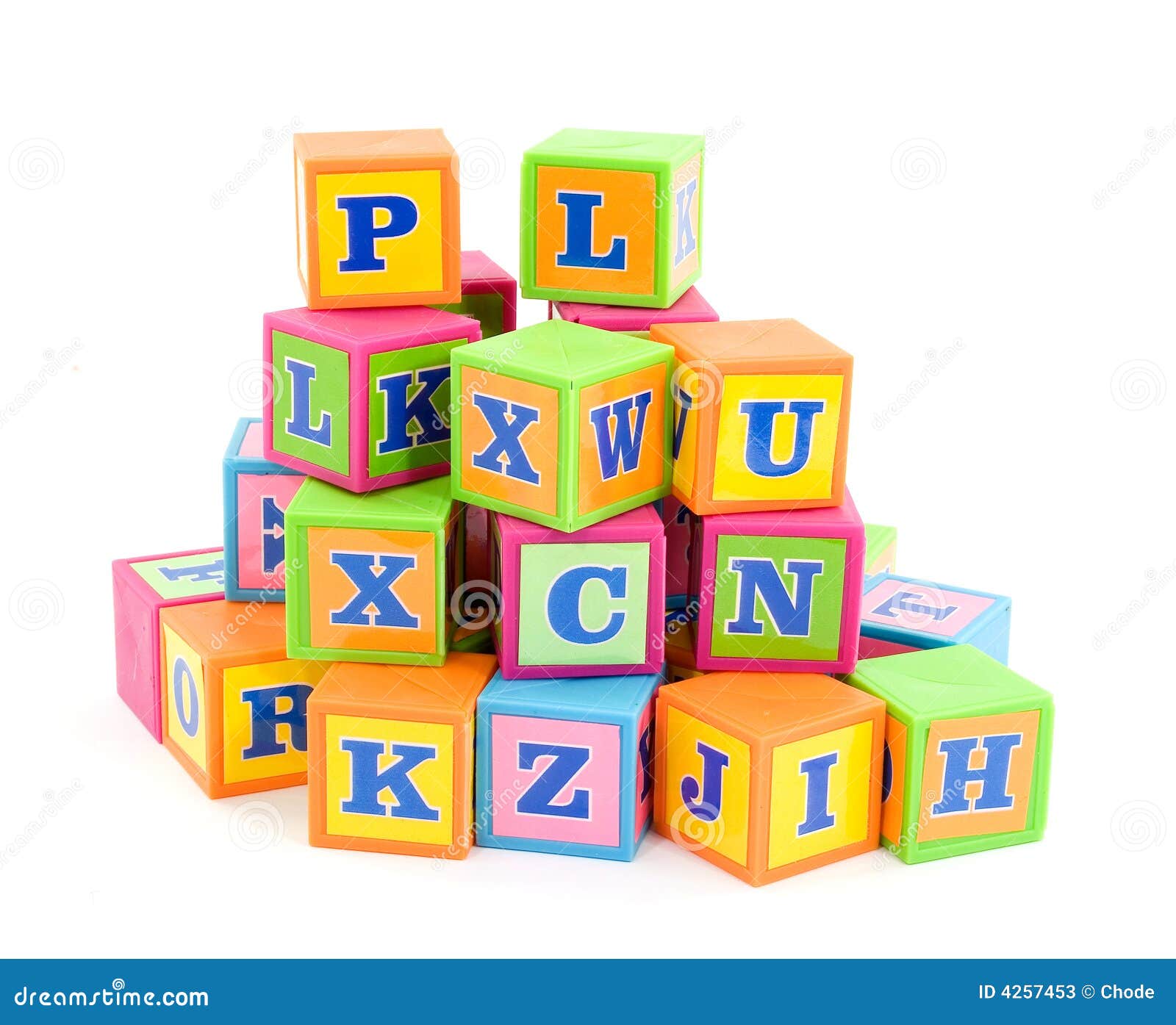

Locke, however, was not the first person to make the case for blocks to be used in this way-if anything, in fact, he simply popularized them. “There may be dice, and play-things, with the letters on them to teach children the alphabet by playing and twenty other ways may be found, suitable to their particular tempers, to make this kind of learning a sport to them,” he was quoted as saying in the work. English philosopher John Locke is closely associated with the wooden block, based on his 1693 work Some Thoughts Concerning Education, which briefly makes mention of the general concept behind alphabet blocks. The evolution of wooden alphabet blocks shares a lineage with dice, which are similarly cube-shaped, and similarly convey different kinds of information on each side.ĭice, of course, are one of the oldest forms of gaming on the planet, with roots in ancient Egypt and ancient Greece, along with associations with the earliest board games, which date back to 5000 B.C.-which is a very long time.Īlphabet blocks, on the other hand, are a somewhat more recent invention, with dice providing a clear point of inspiration for the blocks, which were generally first conceptualized in 16th and 17th centuries. ( Skitterphoto/Pixabay) “A ready way for children to learn their A.B.C.”: The guy who likely invented the alphabet block doesn’t get enough credit


 0 kommentar(er)
0 kommentar(er)
